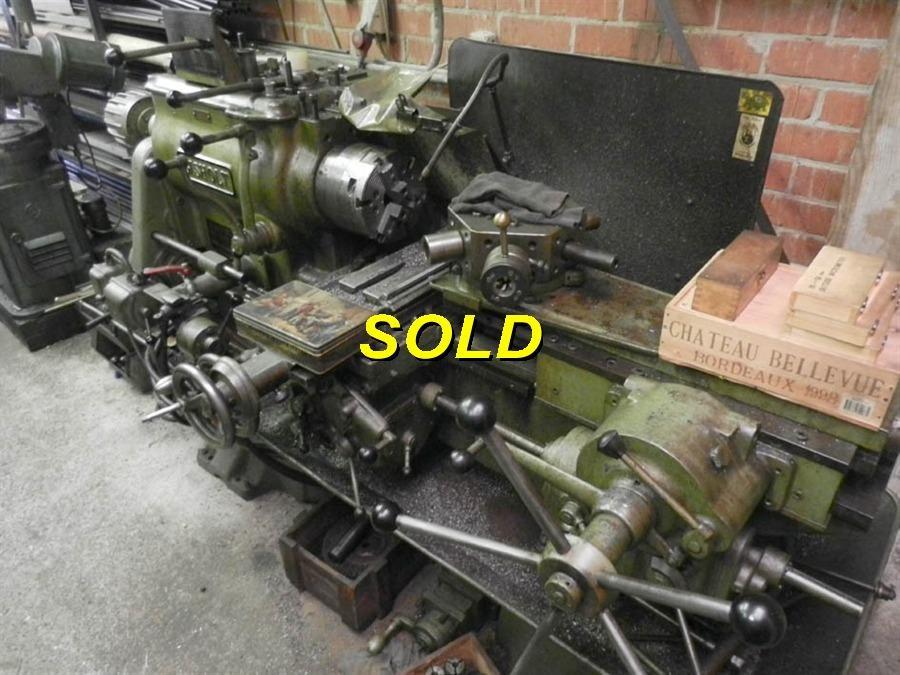

Set the minimum size of impurities allowed to be shown. Inverts the color of vector graphics, white becomes black, and black becomes white.Ĭolors above this value will be rendered in white. The eight algorithms are listed as below: Select an algorithm for image processing. Colors above this value will be rendered into pure white. Zero is taken to be black, and 255 is taken to be white. Set the threshold to turn the color that is not pure white into pure white. The bigger the value is, the brighter the image will be. The bigger the value is, the more obvious the contrast will be. Set the disparity between darkness and brightness. Colors above this value will be rendered in white. Inverts the color of images, white becomes black, and black becomes white. Here is a table showing the available processing modes of different file formats.Īll built-in objects in Luban will be processed in the Vector mode. Each pixel in greyscale carries an amount of light, ranging from 0 as the weakest amount of light, or dark, to 255 as the strongest amount of light, or white.Ĭonverts the graphics into vector graphics, composed of paths.Ĭonverts the graphics into a halftone effect, composed of dots varying either in size or spacing. To select a processing mode for graphics, select the graphics, and click a mode on the configuration bar.Ĭonverts the graphics into black and white.Ĭonverts the graphics into grey monochrome, composed exclusively of shades of grey. On the canvas, click the first point wherever you want the shape placed, draw the shape as you like, and then release it.

On the toolbar, click or to select a shape.Ģ.

To draw vector shapes, including rectangles, ellipses, and circles for laser engraving or cutting, follow these steps:ġ.


 0 kommentar(er)
0 kommentar(er)
